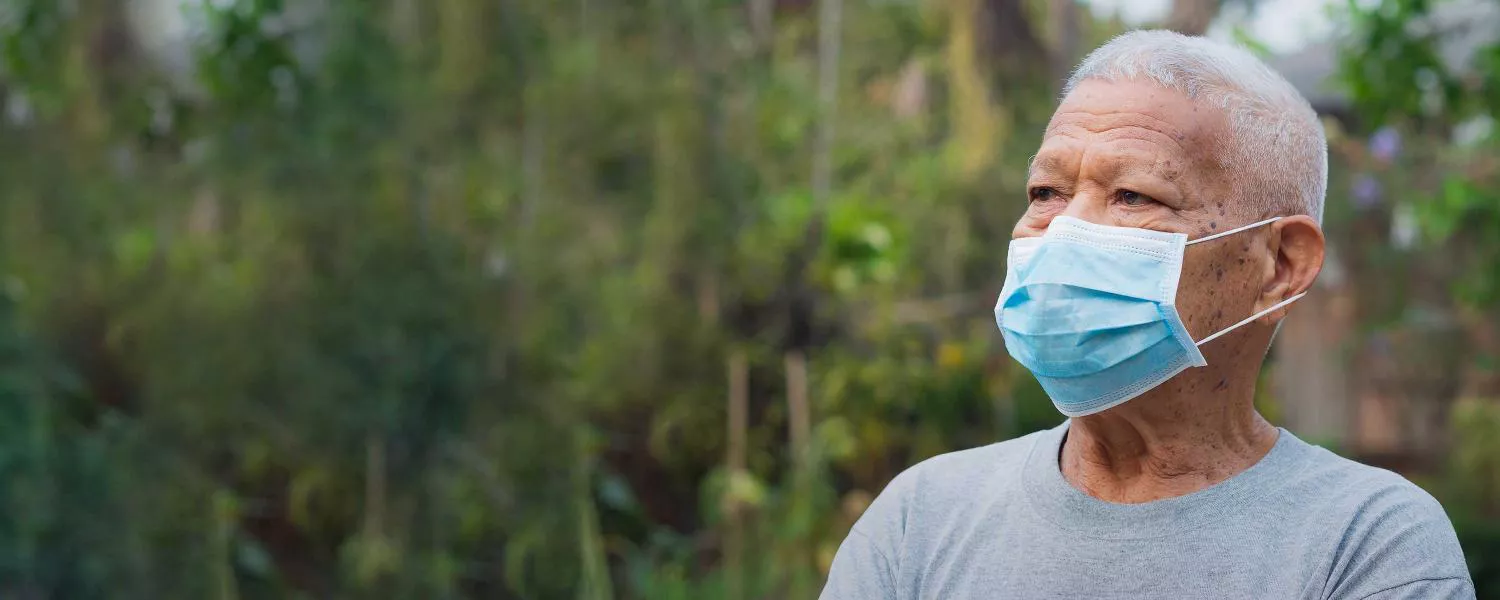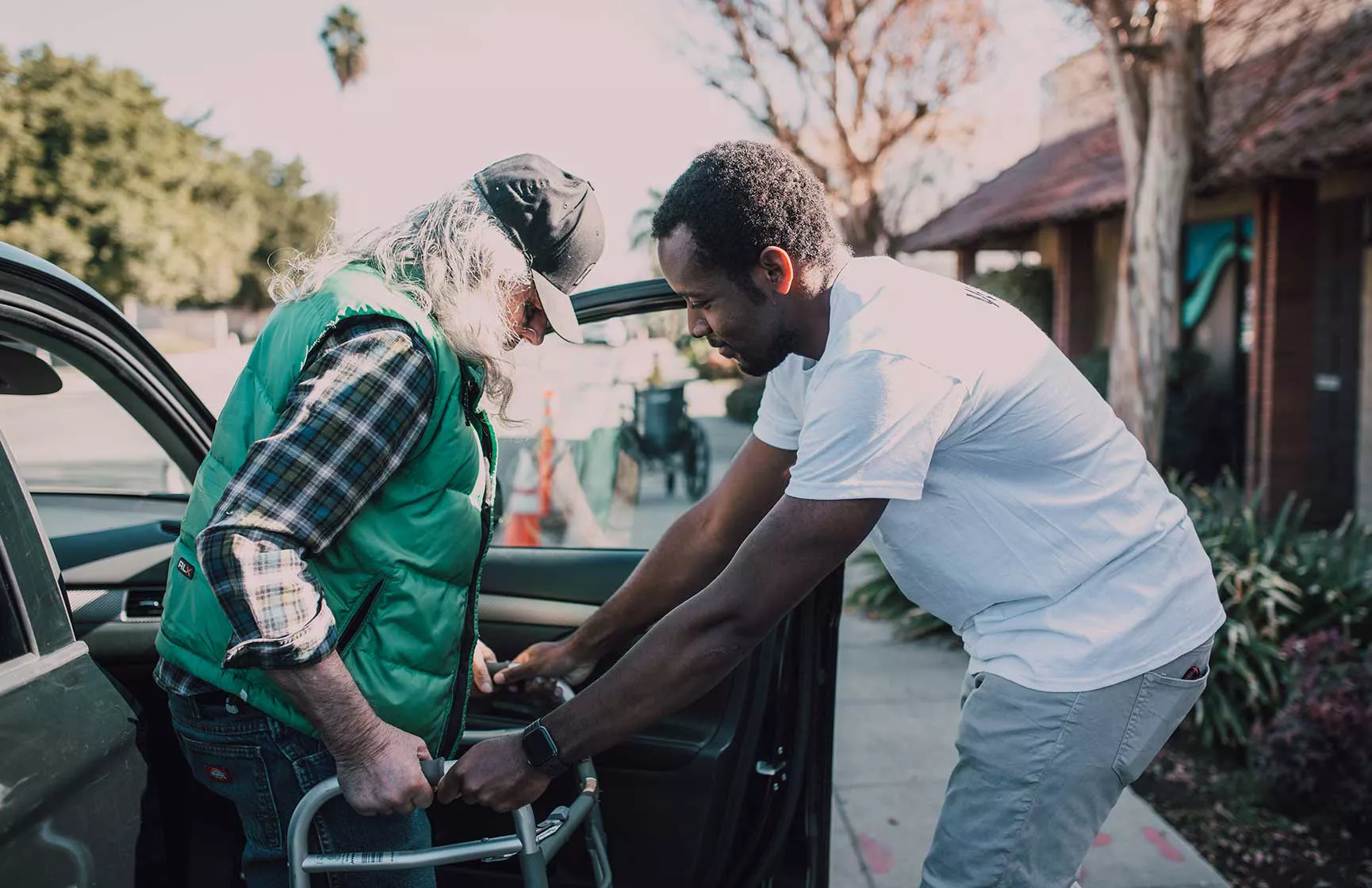Lake County Health Department | Slalom
Responding to a crisis, building trust for the future

At a glance
A once-in-a-lifetime mission to help Lake County vaccinate its diverse population became a shining example of building for equity and long-term community trust.
Impact
The technology foundation developed through this project will help the county meet the needs of its community for years to come.
Key Services
Industry
State, provincial and local government
Key Technologies / Platforms
- Salesforce
- Tableau
- Mulesoft
The team assembles
When the call came, we knew it was a drop-everything moment.
The task was both straightforward and mind-bogglingly complex: partner with the Lake County Health Department (LCHD) to prepare for the challenge of administering COVID-19 vaccines to its diverse population. The focus on the “diverse” part was front and center.
Lake County—situated on Lake Michigan north of Chicago, with a population of about 700,000—is home to sizable communities of people of color and the elderly. A solution that didn’t reach the most underserved would be no solution at all.
“In a very, very short period of time—over a weekend—we were able to staff a 40+ person cross-capability working team that combined the very best of our strengths across our Salesforce customer engagement, MuleSoft, organizational effectiveness, and experience design teams,” says Jessica Cash, a director of customer engagement at Slalom Chicago. “We knew this would likely be the project of our careers in terms of public impact.”
Jefferson McMillan-Wilhoit, Director of Health Informatics and Technology for LCHD and leader of this effort, says, “We wanted to breed trust with our community. People see a large government entity trying to collect a whole bunch of information on them and they get very scared very quickly. With good historical reasons! So I don’t want to scold anyone for that. People have good reasons to feel that way.”
The vaccine orchestration solution had to account for the segments of the Lake County population whose first language isn’t English, as well as those with housing instability and/or technology issues, including the elderly and the disabled. In short, Lake County needed something that would work across multiple languages, be accessible to blind and hearing-impaired constituents, and gain the trust of communities that are dubious of the medical establishment and vaccines. And the LCHD needed it almost overnight.
McMillan-Wilhoit readily admits he was somewhat skeptical of consulting agencies at first. He’s found working with consultants in the past “very transactional in nature. It’s like, ‘Okay, everything’s defined in this statement of work (SOW), so we’re gonna do the SOW and then we’re done, right? And when you have something like a vaccine orchestration system where the needs were changing almost every hour, we don’t have that option. We can’t sit at the beginning of an engagement and say, ‘Yep, we know exactly how this is gonna run.’” But in this case, says Daniel Burkhardt, a senior principal of customer engagement at Slalom Chicago, “The SOW was less of a statement of work than a statement of vision. And the vision was one we were all aligned on.”
“I’ve never felt this way in a consulting engagement before,” says McMillan-Wilhoit, “but I do feel like the Slalom team really became our team. Part of the Lake County family. And that was brilliant to me.” In turn, Slalom was taken with the incredibly high standards the county was aiming for. As Cash explains, “You could sacrifice on time or quality, and Lake County said, we’re going with neither. We’re going for Option C. We want to be able to have something out and have it be timely, but also have it provide high value to our community.”
Equity and accessibility in action
The team partnered with church groups, community leaders, and business leaders to demonstrate early versions of the vaccine solution, get their feedback, and incorporate it into the final product, down to the smallest details. They walked through the Spanish-language version with Latinx groups to make sure all drop-down menus and buttons were clear and intuitive, and verified that it worked with screen readers for the vision-impaired.
“The result was not only a much better solution, but also leaders who were invested in its success,” says Burkhardt. “They could go back to their communities and say, ‘Yes, this is something that we are all collectively going to be involved in.’”
Outreach extended beyond those receiving the vaccination to those administering it. Social workers who work with people experiencing housing insecurity, for example, needed easily accessible guidance. Testing on the ground also included making sure it worked for medical professionals—“I saw nurses literally applauding as they were going through the training,” says Burkhardt—and could stand up to the Illinois winter. The team overcame challenges like the difficulty of using touchscreens in freezing temperatures and QR scanners in wet conditions.
AllVax: Nailing the details that make a vaccine successful
The user-facing part of the solution developed by the Slalom team in conjunction with the LCHD is the AllVax Portal—an outstanding example of how adaptable the Salesforce platform is.
The portal maximizes the Salesforce capacity for automation and minimizes the need for tedious manual data entry. AllVax automatically shares data with state and federal systems through a MuleSoft integration. That data—including things like the percentage of distributed vaccines that have been administered and reports of adverse reactions—would under legacy systems need to be entered and sent by hand. AllVax also uses analytics tools powered by Tableau, allowing Lake County to determine inventory status and identify trends. On the back end, Lake County employees have access to Salesforce Health Cloud, which is integrated into the AllVax platform.
Here’s a quick overview of how it all works:
- Residents create a profile on the AllVax Portal via Salesforce Experience Cloud and are served up relevant information and FAQs by Salesforce Knowledge.
- Information from resident profiles is captured in an HL7-ready electronic health record in Salesforce Health Cloud. This record is used to determine eligibility based on what vaccination stage the county is in.
- When a resident is eligible, they’re notified by email and/or text message. This stage leverages Marketing Cloud, allowing immediate appointment scheduling and the ability to opt in to future communications.That success is ongoing, but was apparent immediately.
- At the point of vaccination, the provider accesses the resident’s health record via Salesforce Health Cloud and the administration data is sent to integrated state-level systems using MuleSoft.
- LCHD monitors progress and uses insights via Tableau to help plan when and where to set up the next vaccination site.
The crucial element here: residents are shielded from the massive complexity underlying this process. Says Lake County’s Jefferson McMillan-Wilhoit, “Those elements still exist. Vaccine orchestration is really hard! While our community can see over the shield, the tool limits logistical concerns for our community and our staff.
That success is ongoing, but was apparent immediately. There were more than 40,000 vaccine sign-ups in the first 24 hours of launch and 200,000 within the first couple of weeks—which translates to an impressive 25% of the resident population.


Another interesting indicator of success, according to McMillan-Wilhoit, is that even people who got their first vaccine dose through a pharmacy got their second through the AllVax Portal. “Because it’s an easier system to use. They can make appointments easier. Even if they got it somewhere else in the state, we’re pulling in the state registry information, so it automatically makes them eligible to schedule dose two. If you don’t finish it off, that first dose is a waste! And so that’s where the investment really paid off.”
Looking ahead: A robust platform beyond vaccines
McMillan-Wilhoit is sold on the Salesforce platform for processes far beyond vaccine orchestration. Now that his agency has made the investment in Salesforce, the possibilities are virtually endless. He’s especially taken with the concept of shielding end users—both staff and residents—from the complex backend of his agency’s workings.
And the best part? “We already have the platform. I don’t need new software. I don’t need new add-ons. I don’t need new anything,” he says. “We’re evaluating our HR system and our animal care and control system, our laboratory systems, and our electronic health records. We’ve proven the (Salesforce) platform, and we now have people who can develop on it, and we’ve shown time to develop to be very, very short. Hours, not weeks.”
When Burkhardt looks back on the engagement, what comes to mind is not only the specifics of the technology, but what an interaction between a public agency and a resident means at its core, and how essential it is to nail all the details that make it work. “What we’re building in every interaction is trust with the community. And trust is something that’s earned with great effort.”
Long after COVID-19 has left the headlines, the trust and toolset established through this project will be helping Lake County meet the ever-changing needs of its community.



